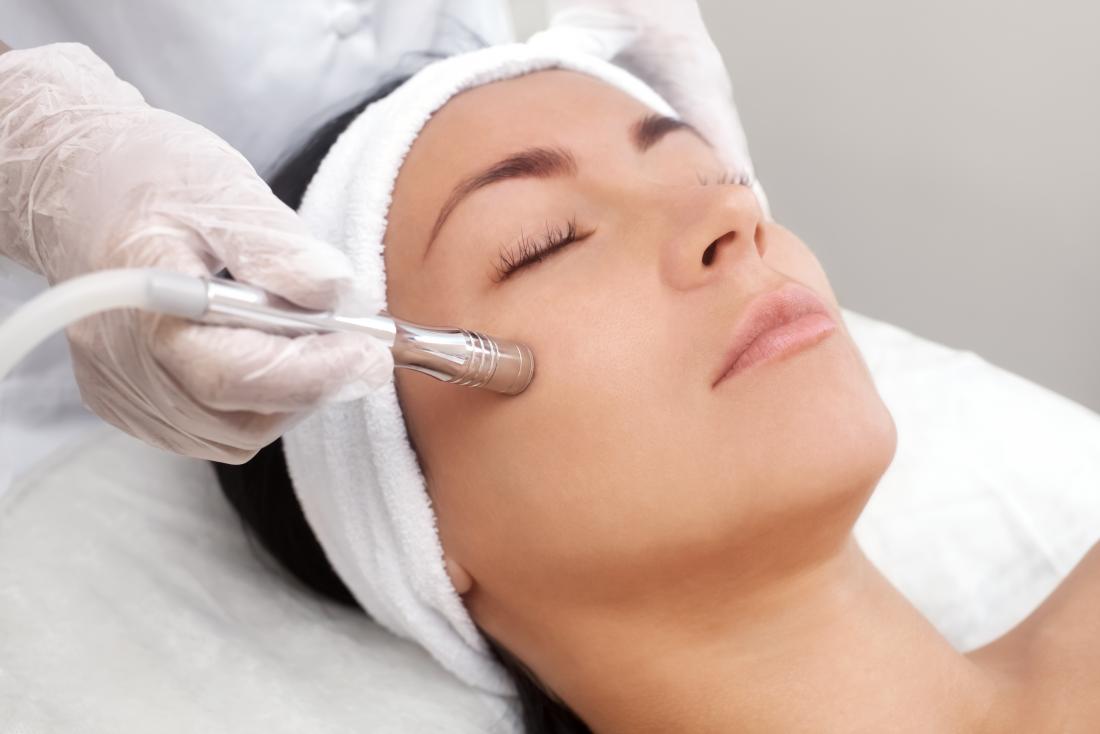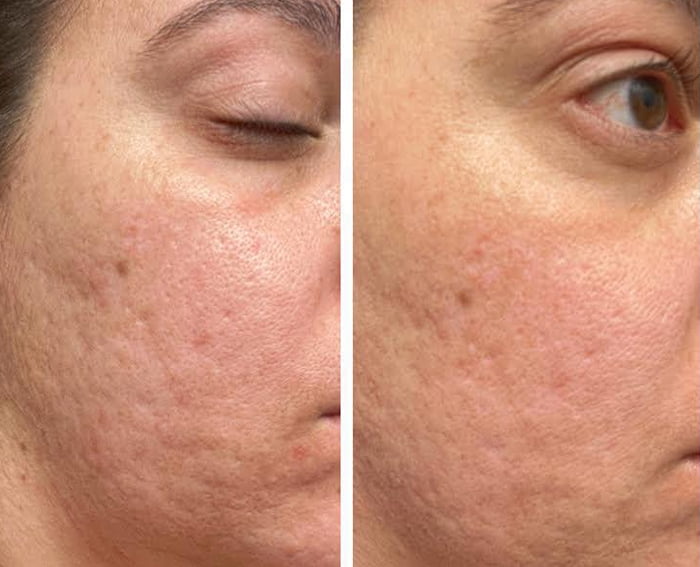Stretch marks
Striae, or stretch marks, are a common complaint and can be distressing. They may affect the abdomen, buttocks, thighs, breasts, back, axillae and groin. They are classified according to appearance or epidemiology, as:
- striae atrophicans (thinned skin)
- striae gravidarum (following pregnancy)
- striae distensae (stretched skin)
- striae rubrae (red), striae albae (white)
- striae nigra (black)
- striae caerulea (dark blue).


Striae are difficult to treat effectively.
Striae are a form of dermal scarring associated with stretching of the dermis. They often result from a rapid change in weight (gain and loss) or are associated with endogenous or exogenous corticosteroids. Proposed mechanisms relate to hormones, physical stretch, and structural alterations of dermal collagen and elastic tissue. Adrenocorticotropic hormones promote fibroblast activity and increase protein catabolism. Pregnancy-related hormones may also contribute. Serum relaxin has been described to be lower in women with striae distensae. Deficiency of fibrillin has also been proposed. Genetic factors are unexplored, except that decreased expression of collagen and fibronectin genes is reported to be associated with striae.
Stretch marks Treatments by Akiya

Microdermabrasion is a minimally invasive procedure used to renew overall skin tone and texture. It can improve the appearance of sun damage, wrinkles, fine lines, age…

Who doesn’t love glowing skin? Exposure to harmful chemicals, dust, pollution and natural ageing can cause your skin to lose its lustre. This is…

Skin can be made even more beautiful when you choose the right treatment for it. When you have a skin concern that is easily seen, you can lose the…

Regular skin maintenance is no joke! However; we at Akiya focus on skin treatments that are proven, tried and tested. Microplasma is one such example that will make your skin shine brighter than the sun!



Welcome to Akiya Aesthetics!
7982905033